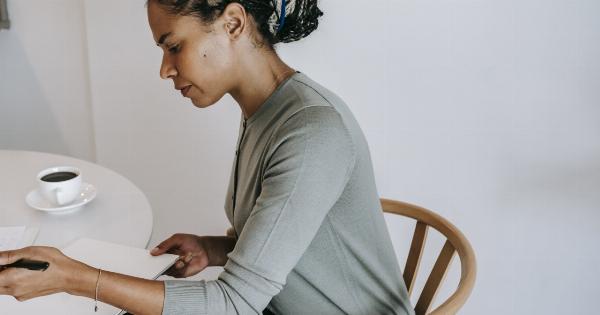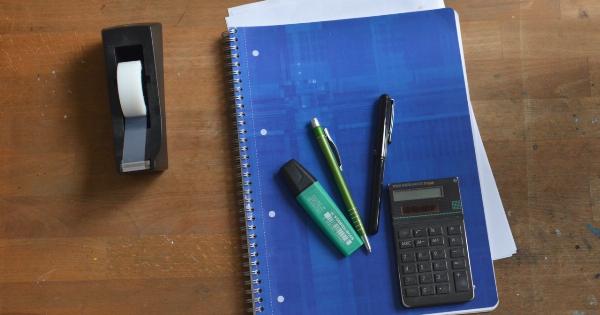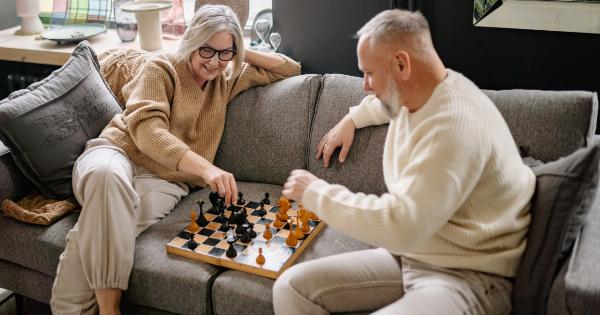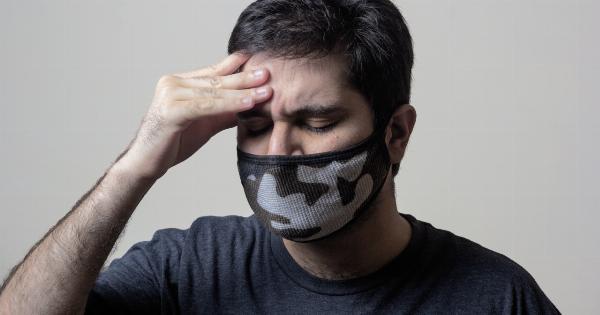Pimples can be a frustrating thing to deal with. They can be unsightly and make us feel self-conscious. External pimples can be easily treated with over-the-counter products, but internal pimples are a different story.
They’re often deep-rooted and can stick around for weeks or even months. In this article, we’ll explore the science behind internal pimples and provide tips on how to beat them.
What Causes Internal Pimples?
Internal pimples are caused by the same things as external pimples — oil, bacteria, and dead skin cells. However, internal pimples develop deeper in the skin, making them harder to treat.
One of the main causes of internal pimples is hormones. Hormonal changes can cause an increase in oil production, which can clog pores and lead to internal pimples.
This is why teenagers tend to have the most pimples — their hormones are fluctuating rapidly. However, adults can also experience hormonal breakouts, particularly during their menstrual cycle.
Another cause of internal pimples is stress. When we’re stressed, our bodies produce cortisol, which can stimulate oil production and cause breakouts. Poor diet and lack of sleep can also contribute to internal pimples.
How to Treat Internal Pimples
Internal pimples can be frustrating to treat, but there are a few things you can do to help speed up the healing process.
Cleanse Twice a Day
Cleansing your face twice a day can help remove excess oil, bacteria, and dead skin cells from your skin. Look for a gentle cleanser that won’t irritate your skin.
Avoid using hot water when cleansing your face, as this can strip your skin of its natural oils and cause dryness.
Use a Spot Treatment
Spot treatments can help reduce the size of internal pimples and speed up the healing process. Look for products that contain benzoyl peroxide or salicylic acid, both of which are effective at treating acne.
Apply the spot treatment directly to the pimple and leave it on overnight.
Avoid Touching Your Face
Touching your face can introduce bacteria to your skin, which can cause more pimples. Try to avoid touching your face as much as possible, and if you do need to touch your face, make sure your hands are clean.
Avoid picking or squeezing your pimples, as this can cause scarring and make the pimple worse.
Eat a Healthy Diet
Eating a healthy diet can help reduce inflammation in your body, which can lead to clearer skin. Focus on eating foods that are rich in antioxidants, like fruits and vegetables.
Avoid eating processed foods and foods that are high in sugar, as these can contribute to breakouts.
Manage Your Stress
Stress can contribute to internal pimples, so it’s important to find ways to manage your stress levels. Activities like exercise, yoga, and meditation can help reduce stress and improve your overall health.
See a Dermatologist
If your internal pimples are severe or persist for several weeks or months, it may be time to see a dermatologist. They can provide prescription-strength treatments that are more effective at treating acne.
They can also help you develop a skincare routine that works for your skin type.
The Bottom Line
Internal pimples can be frustrating to deal with, but there are things you can do to help speed up the healing process.
Cleansing your face twice a day, using a spot treatment, avoiding touching your face, eating a healthy diet, managing your stress, and seeing a dermatologist are all effective ways of treating internal pimples. Remember to be patient — internal pimples can take time to heal, but with the right treatment, you can get through it.































